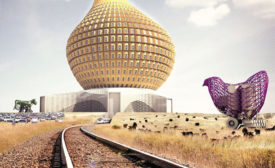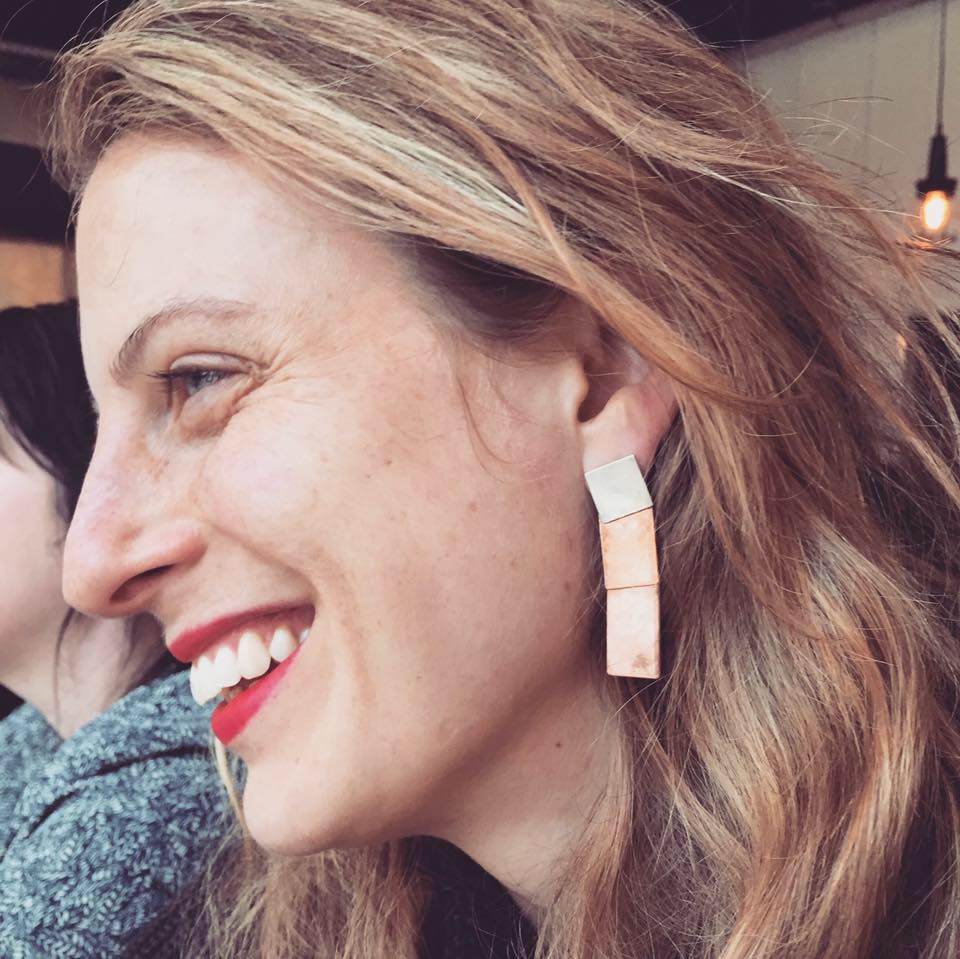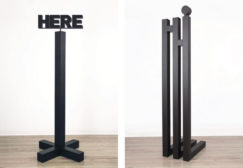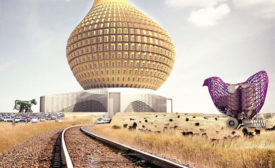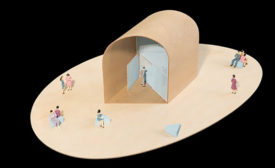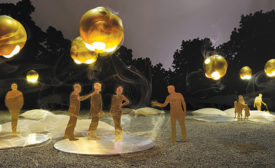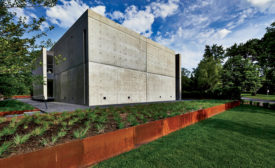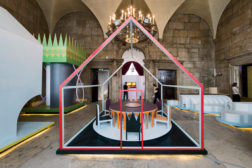Articles by Laura Raskin
Dresner Residence
In a suburb outside Detroit filled with early 20th-century houses, Sivak designed the ultimate concrete box.
Read More
Copyright ©2024. All Rights Reserved BNP Media.
Design, CMS, Hosting & Web Development :: ePublishing
